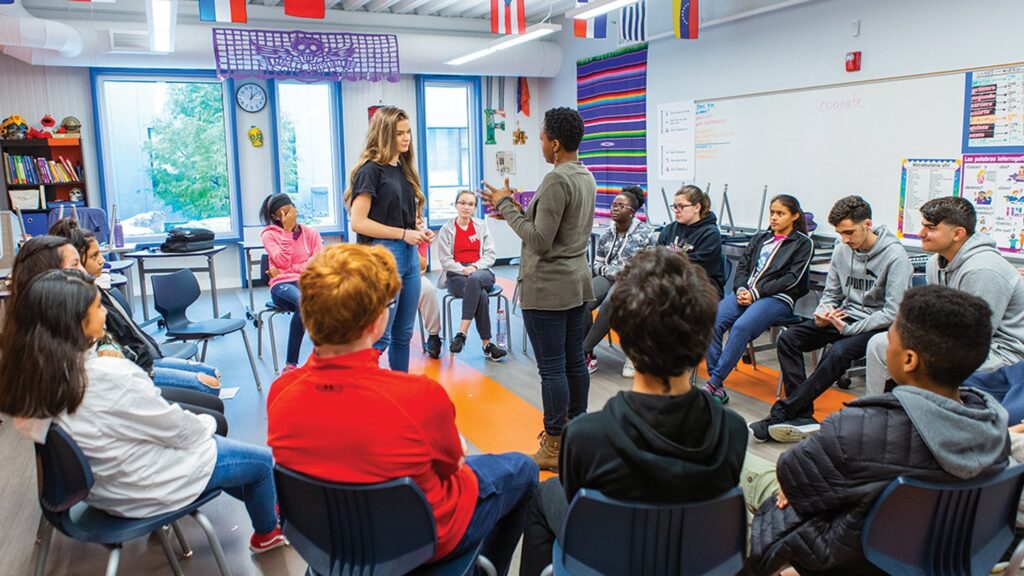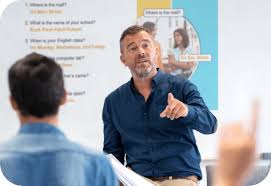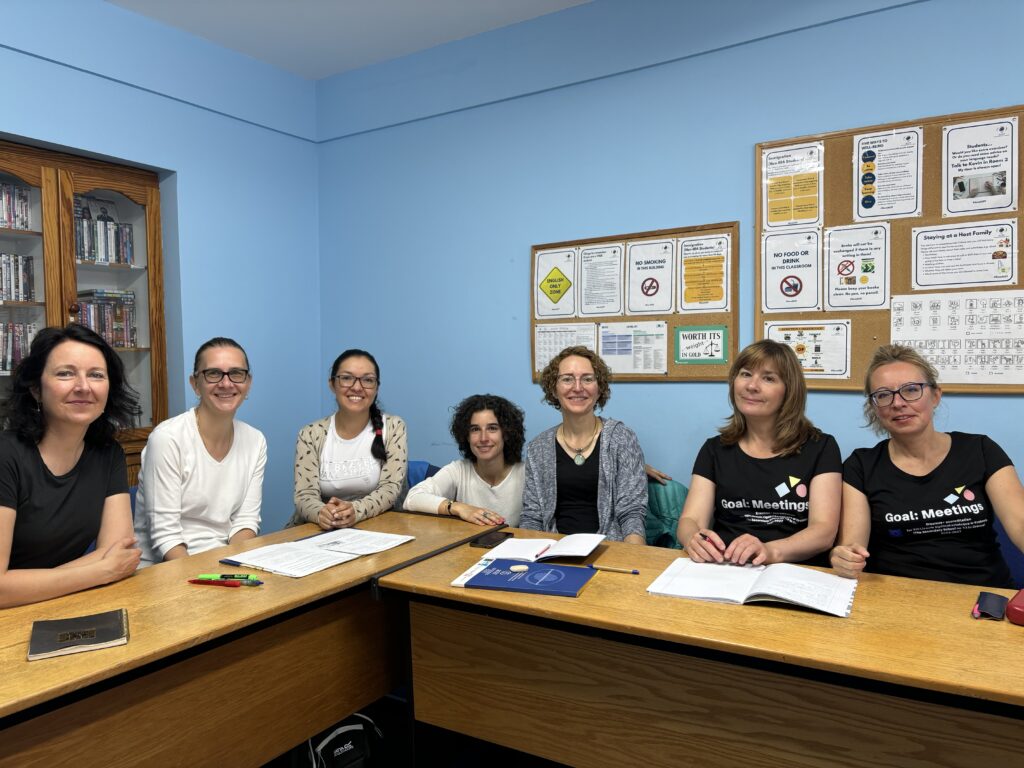- Why Focus on 21st-Century Skills?
- Key 21st-Century Skills to Include in a Curriculum
- Step 1: Define Learning Objectives Aligned with 21st-Century Skills
- Step 2: Foster Critical Thinking and Problem-Solving
- Assessment Tip: Evaluate not just the correctness of answers but the reasoning process behind them.
- Step 4: Promote Collaboration and Communication
- Step 5: Encourage Creativity and Innovation
- Step 6: Build Adaptability and Resilience
- Step 7: Use Assessment for Learning
- Step 8: Leverage Professional Development for Teachers
- Step 9: Engage with the Broader Community
- Conclusion
How to Build a Comprehensive Curriculum for 21st-Century Skills

In today’s fast-paced and ever-changing world, education must evolve to equip students with the skills necessary for success in the 21st century. Beyond traditional subjects, learners must develop competencies in critical thinking, digital literacy, and collaboration to navigate complex societal and professional challenges. This guide provides practical steps and strategies to help educators in secondary schools and vocational colleges create a forward-thinking curriculum that fosters these essential skills.
Why Focus on 21st-Century Skills?
The 21st-century workforce demands more than rote memorization and textbook knowledge. Students must be prepared to think critically, adapt to emerging technologies, and collaborate with diverse teams. According to educational research, schools that focus on these skills see improved student engagement, better problem-solving abilities, and enhanced readiness for both higher education and careers.
Key 21st-Century Skills to Include in a Curriculum

• Critical Thinking and Problem-Solving: The ability to evaluate information, analyze data, and make reasoned decisions.
• Digital Literacy: Understanding and using digital tools responsibly and effectively.
• Collaboration and Communication: Working effectively in teams and communicating ideas clearly.
• Creativity and Innovation: Thinking outside the box to develop new solutions and ideas.
• Adaptability and Resilience: Thriving in a rapidly changing world.
Step 1: Define Learning Objectives Aligned with 21st-Century Skills
A comprehensive curriculum starts with clear learning objectives. These objectives should align with both academic standards and the skills students need for their future.
How to Set Effective Objectives:
- Identify Core Competencies: Decide which 21st-century skills are most relevant to your students’ educational and career paths.
- Integrate Skills into Subject Areas: Map each skill to existing subjects. For instance, critical thinking can be fostered in science classes through data analysis, while digital literacy can be integrated into history through online research assignments.
- Focus on Measurable Outcomes: Ensure that objectives can be assessed through projects, presentations, and practical applications.
Step 2: Foster Critical Thinking and Problem-Solving

Critical thinking enables students to analyse information, question assumptions, and develop reasoned arguments.
Classroom Strategies:
• Case Studies: Present real-world problems for students to solve.
• Socratic Seminars: Encourage students to ask and answer open-ended questions.
• Project-Based Learning: Have students work on long-term projects that require research, analysis, and creative solutions.
Assessment Tip: Evaluate not just the correctness of answers but the reasoning process behind them.
Step 3: Integrate Digital Literacy Across Subjects
Digital literacy is essential in a world where technology permeates every aspect of life. Students must learn to use digital tools responsibly and effectively.
Practical Approaches:
• Teach Digital Research Skills: Show students how to evaluate the credibility of online sources.
• Incorporate Multimedia Projects: Encourage students to create videos, podcasts, or digital presentations.
• Discuss Digital Citizenship: Cover topics like online privacy, ethical behavior, and the dangers of misinformation.
Tool Recommendations:
• Google Workspace for Education
• Canva for Education
• Coding Platforms like Scratch or Code.org
Step 4: Promote Collaboration and Communication
Effective teamwork and communication are critical in both academic and professional settings.
Activities to Encourage Collaboration:
• Group Projects: Assign tasks that require students to work together toward a common goal.
• Peer Review Sessions: Allow students to give and receive constructive feedback on each other’s work.
• Role-Playing Exercises: Simulate real-world scenarios that require negotiation and teamwork.
Communication Tips:
• Teach students how to present their ideas clearly and confidently.
• Emphasize active listening skills.
Step 5: Encourage Creativity and Innovation

Creativity is about thinking differently and developing unique solutions to problems.
Ideas to Spark Creativity:
• Design Challenges: Give students open-ended tasks with multiple possible solutions.
• Innovation Days: Set aside time for students to work on passion projects.
• Art and Media Integration: Encourage creative expression through visual and performing arts.
Step 6: Build Adaptability and Resilience
In a rapidly changing world, students need the ability to adapt and bounce back from setbacks.
Strategies for Building Resilience:
• Growth Mindset Activities: Help students see challenges as opportunities to learn.
• Reflective Journals: Encourage students to write about their learning experiences and how they overcame obstacles.
• Mindfulness Practices: Teach techniques to manage stress and maintain focus.
Step 7: Use Assessment for Learning
Assessments should go beyond testing factual knowledge to evaluate the development of 21st-century skills.
Types of Assessments:
• Performance-Based Assessments: Projects, presentations, and simulations.
• Peer and Self-Assessments: Encourage students to reflect on their own learning.
• Rubrics: Provide clear criteria for evaluating complex skills like critical thinking and creativity.
Step 8: Leverage Professional Development for Teachers
Teachers play a crucial role in delivering a 21st-century curriculum. Continuous professional development is essential to keep educators up-to-date with the latest teaching strategies and technologies.
Training Opportunities:
• Erasmus+ funded courses and workshops.
• Collaborative learning communities within schools.
• Online courses and webinars on digital tools and innovative teaching methods.
Step 9: Engage with the Broader Community
Learning doesn’t happen in isolation. Schools can benefit from partnerships with local businesses, universities, and community organizations.
Ideas for Community Engagement:
• Guest Speakers: Invite professionals to share insights with students.
• Internships and Work Placements: Provide real-world learning experiences.
• Service Learning Projects: Connect classroom learning to community needs.
Conclusion
Building a comprehensive curriculum for 21st-century skills is essential for preparing students to thrive in a rapidly changing world. By focusing on critical thinking, digital literacy, collaboration, and adaptability, educators can create learning environments that empower the next generation of learners.
If you’re looking for professional development opportunities to enhance your teaching practices, consider joining one of our Erasmus+ accredited courses. We offer tailored training, excellent academic standards, and full support throughout the application process.
Ready to transform your curriculum? Learn more about courses on Teaching 21st Century Skills in the Digital Age at our high quality, professional training centres in Dublin, Cork and Galway.
Teaching 21st Century Skills in the Digital Age
